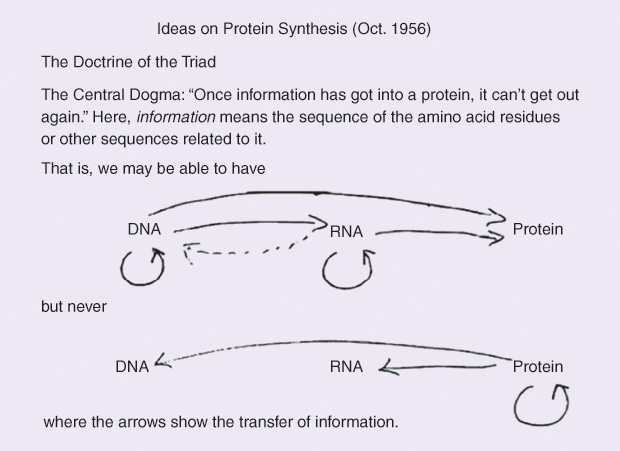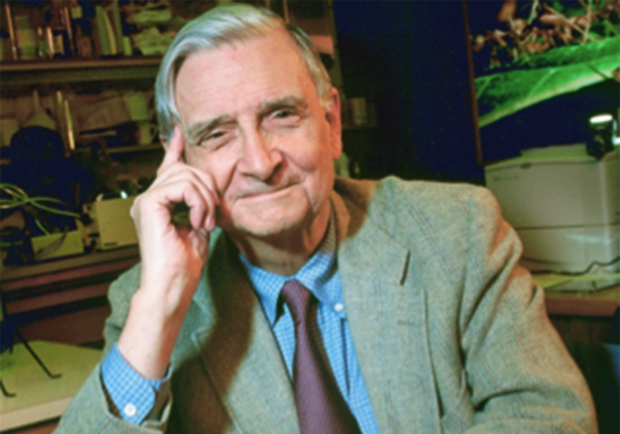The human genome project changed everything—or did it? Although undeniably a scientific tour de force, the Genome Project’s outcome posed more questions than it answered, and molecular biology has been working assiduously ever since to answer those questions.

The “central dogma” of genetics was propounded by Francis Crick and James Watson in the 1950s when they proposed the structure, subsequently shown to be mostly correct, of the major molecule of inheritance, deoxyribonucleic acid (DNA). They hypothesized that DNA is transcribed to ribonucleic acid (RNA), which, through a process called translation, is responsible for making proteins out of 20 fundamental building blocks, the amino acids. Crick postulated in 1956 that the flow of information in the genetic code never allows proteins to modify DNA. This is now known to be incorrect; modification of DNA occurs all the time and is responsible for much of the magnificent diversity characteristics of gene action.
The International Space Station (ISS)–U.S. National Laboratory (ISS National Laboratory) is a unique setting for researching cellular mechanisms. But more so, it is the prototype for what the polymath biologist and philosopher of science E.O. Wilson termed consilience. Consilience is the convergence of sciences and humanities around common problems.

In the ISS National Laboratory, the unique condition of microgravity provides such extreme and alien conditions that consilience is the only reasonable strategy to attack problems. In biology, as in engineering, gravity is one of the major forces entering into any calculation. In the absence of gravity, biological systems can devote themselves to countering other major influences, such as the need for energy production from fuels, reproduction, and differentiation. Robots, rather than striving to adapt to the human world, need to find ways to operate in remote environments, far from their programmers extending the reach of humans. The humanities have entered into the arc of the ISS National Laboratory more than once, inspiring its human occupants to song and poem but also presenting important questions of how humans work together across cultures, languages, and systems of social mores and regulation.
In this issue of IEEE Pulse, we sample some of the superb medical and molecular engineering opportunities provided by scientific exploration on the ISS National Laboratory. We have chosen these accounts not only for their originality and adventure, but also to illustrate how work on the ISS National Laboratory directly informs work on Earth, extending the reach of science in both its pure and applied sense.
The aggregation of materials in this issue of IEEE Pulse has taken dedicated efforts not only from the science and engineering community but also from a dedicated and inspired group: Cynthia Weber of IEEE Pulse, Kara McArthur of the Institute for Collaboration in Health, and Emily Roberge of the Center for the Advancement of Science in Space. However, the content is ultimately our responsibility. We are grateful to the IEEE Engineering in Medicine and Biology Society and, specifically, the IEEE Pulse editor-in-chief, Colin Brenan, for allowing us to pursue this project with maximum support and editorial latitude.


